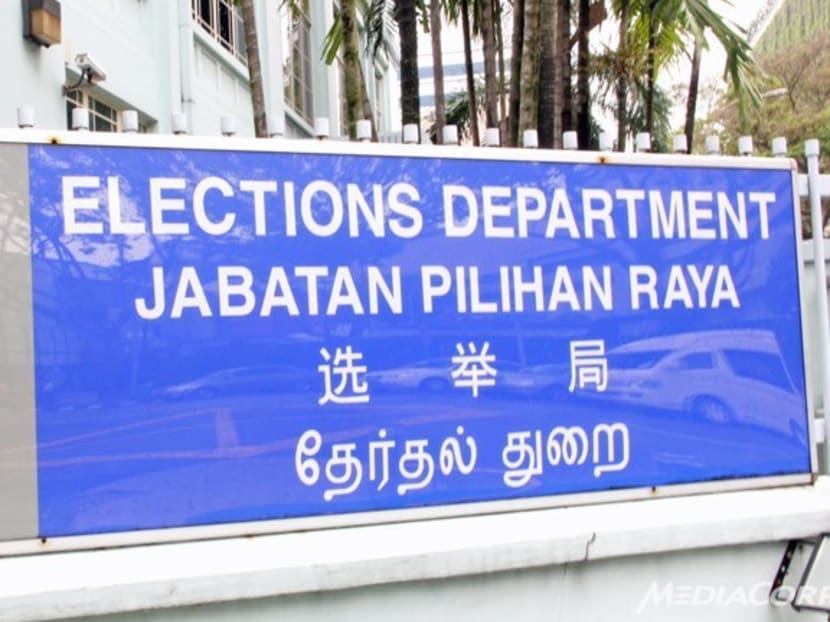Elections Department makes changes to polling districts
SINGAPORE — The Elections Department has made changes to the boundaries of polling districts within several electoral divisions, adding to the anticipation of an imminent report from the Electoral Boundaries Review Committee (EBRC), which Prime Minister Lee Hsien Loong has said was formed two months ago.
SINGAPORE — The Elections Department has made changes to the boundaries of polling districts within several electoral divisions, adding to the anticipation of an imminent report from the Electoral Boundaries Review Committee (EBRC), which Prime Minister Lee Hsien Loong has said was formed two months ago.
Details of the alterations in eight Group Representation Constituencies (GRC) were published in the online version of the Government Gazette today (July 21). These GRCs are: Chua Chu Kang, East Coast, Jurong, Moulmein-Kallang, Nee Soon, Pasir-Ris Punggol, Sembawang and Tanjong Pagar.
In response to TODAY’s queries, an Elections Department spokesperson said the boundaries of polling districts are altered to ensure an even distribution of voters across polling stations. In February this year, the Elections Department also posted a notification on alterations to polling districts.
Under the Parliamentary Elections Act, the Registration Officer may periodically alter boundaries of polling districts within electoral divisions. This is due to population shifts, such as with the mushrooming of new towns.
But the changes to the districts do not necessarily mean tweaks to electoral boundaries: The latter are only later decided by an EBRC, comprising senior civil servants. The committee can create new electoral divisions by taking one or more polling district from a constituency and putting it into another.
The committee will submit its recommendations to the Prime Minister and, if accepted, these are gazetted and published in a report — usually an imminent sign the General Election is on the way. The next polls must be held by January 2017.
The only change in today’s gazette is the addition of one polling district in East Coast GRC, making 41 in total.
As it stands, Pasir-Ris Punggol is the GRC with the highest number of polling districts (72). Holland Bukit TImah is the GRC with smallest number of polling districts (34).
For SMCs, Potong Pasir has the fewest polling districts (5), while Sengkang West has the most (16).
There has been wide variation in the window between changes made to polling districts and the release of the EBRC report.
In the last three polls, the lag has ranged roughly from three weeks to two months.
Singapore Management University law professor Eugene Tan said the latest notification is a routine step by the Elections Department and a separate exercise from the EBRC report.
“But it’s also clear that polling districts provide the EBRC with the most granular data in terms of the number of voters in a polling district, which means that if the EBRC feels there’s a need to redraw boundaries — let’s say they’re looking at maybe this particular GRC needs 5,000 more voters to make it on par with GRCs of a similar size — this is where the polling districts provide very useful information on the number of voters,” he said.
Nevertheless, he thinks the polling districts are unlikely to go through another round of changes before the next General Election is called, “which means that if they’re going to redraw boundaries, it means that particular district is unlikely to be split (between) electoral divisions”.







